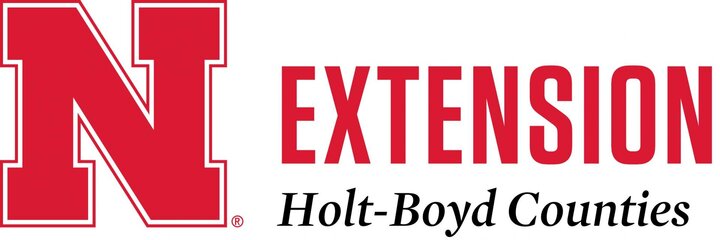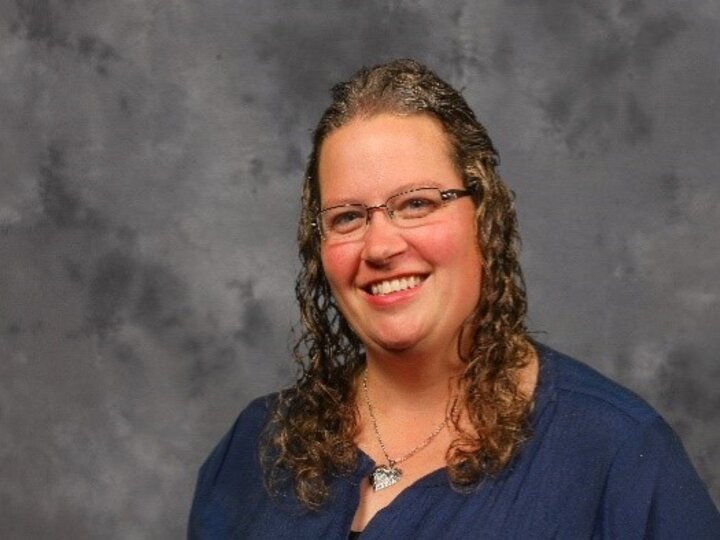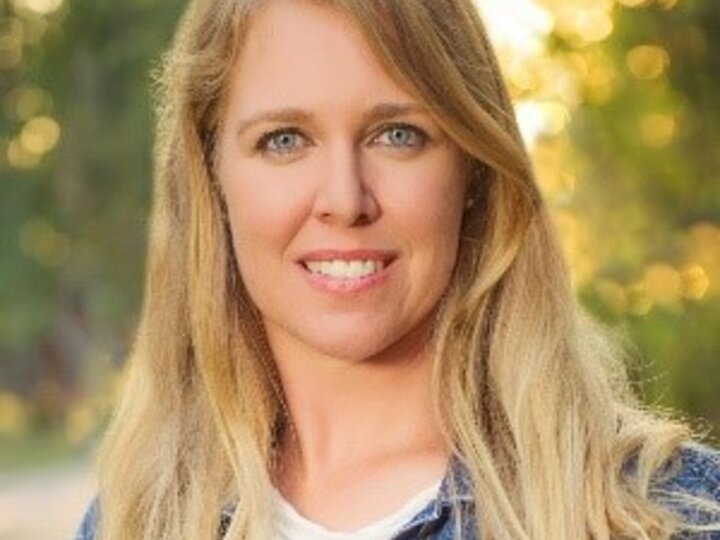
Nebraska Extension Educator - Holt/Boyd Counties - LaDonna Werth
Nebraska Extension Educator - Holt/Boyd Counties - Amy Timmerman
Nebraska Extension Educator - Brown/Rock/Keya Paha Counties - Brittany Spieker
Nebraska Extension Educator - Holt/Boyd/Garfield/Loup/Wheeler Counties - Bethany Johnston
Nebraska 4-H Assistant - Holt/Boyd Counties - Debra Walnofer
July 1: DUE: Holt and Boyd County Pre-Fair Day Entries, https://holt.fairwire.com/ or https://boyd.fairwire.com
July 7: Holt County 4-H Shooting Sports - .22 Rifle, SB Pistol, Muzzleloader, SG, BB Gun, AR, AP, Practice + Coach’s Meeting; Holt County Fairgrounds, Chambers, NE
July 10: DUE: Boyd County Fair Entries Close, https://boyd.fairwire.com
July 10: DUE: Boyd County Fair Animal Entries, Static Entries (INCLUDES Shooting Sports)
July 10: DUE: Boyd County YQCA Certificates; Horse Levels Completed and Pen/Stall/Cage Request
July 11: Young Rancher Workshop - Nebraska Grazing Lands Coalition and Ranch Management Consultants - Burwell, Nebraska, Contact Leah Peterson: director@nebraskagrazinglands.org, 308-872-1250
July 15: Holt County Pre-Fair Day, 9am, Solid Rock Youth Center, O’Neill, NE
July 16: Boyd County Pre-Fair Day, St. Mary’s Catholic Church Hall, Spencer, NE
July 17: DUE: Boyd County Bucket Calf, Bottle Lamb, and Bottle Goat Record Books
July 17: Boyd County Fair Set-Up, Spencer, 7:00pm
July 19-20: Boyd County Fair 4-H Shooting Sports Competitions, Gross, NE
July 22: Entry Day for Boyd County Fair Static Entries
July 22-26: Boyd County Fair, Boyd County Fairgrounds, Spencer, NE
August 2-9: Holt County Fair, Holt County Fairgrounds, Chambers, NE
Summer Sun Safety
Whether you are going camping, going to the beach or simply heading out for little league games, it is more important than ever to remember sun safety. The American Cancer Society reports that skin cancer is by far the most common form of cancer (American Cancer Society, 2016), and the sun’s rays can have a negative effect not only on skin but on the immune system and eyesight as well.
With all of this information, it is important to protect your family’s health. The American Academy of Pediatrics came out with several important guidelines for sun safety that are easy to follow. Protecting your family is as simple as remembering two steps: Plan and Protect.
Plan ahead:
- Plan outdoor activities in the morning or late afternoon to avoid the sun’s strongest rays, which happen between 10am and 4pm.
- If you plan to be outside, make sure you put on sunscreen 30 minutes before going out so it has time to work on the skin.
- Dress yourself and your family in clothes that protect against the sun. Hold the clothes up to the light to make sure they are made of tightly woven fabrics that will keep out the sun’s rays. Dress babies in light, long-sleeved clothes.
- Hats and sunglasses help to keep the sun out of our eyes and to prevent sunburn on our scalps. Make sure that the hat shades the ears and neck too.
LaDonna Werth
Extension Educator
Phone: 402-336-2760
E-mail: lwerth2@unl.edu

- If your child goes to daycare, summer school or camp, remember to pack a bottle of sunscreen in his or her bag every day.
Protect your family:
- Always use sunscreen with an SPF over 15. Look for the words “broad spectrum” on the label. Broad spectrum sunscreen protects against both UVA and UVB rays.
- Put on sunscreen again after swimming, sweating or toweling off. Remember to do this even if you use waterproof sunscreen.
- Reapply sunscreen every two hours.
- Use sunscreen even on cloudy days.
- Zinc Oxide is a safe sun block that can be applied to the nose, cheeks and shoulders to give extra protection.
- Babies less than six months old should never be in direct sunlight. Keep them in the shade under trees, in strollers or under shelters.
Following these guidelines will help protect your family this summer while you enjoy the weather and have fun together!
Source: Marilyn Preston, MA, former Extension Associate, University of Missouri Extension
Drought-Proofing Your Grazing Plan
With drought conditions forecasted across much of Nebraska this summer, now is the time to make a grazing plan that builds in flexibility.
Start by evaluating forage availability. If grass is already slow, consider reducing stocking rates early. Holding cattle back on a drylot or using annual forages can help avoid overgrazing if pastures fall short. Additionally, incorporating stockers into an operation can provide an asset that is easier to liquidate than the main breeding herd if conditions get dry.
If you haven’t already, set trigger dates to evaluate forage growth and precipitation. For example, June moisture does little for cool-season grasses like brome but can still help warm-season species. If we head into June at a deficit, brome pastures will need stocking rates reduced. Timely rain may fuel some late growth in native range, but a close eye on grazing pressure and pasture condition needs to be maintained.
As you graze, don’t underestimate the impact of timing. Grazing during plant recovery periods - especially in June and early July for warm-season species - can weaken plants and reduce future productivity. Rotate grazing so that key grasses have a break during critical growing windows.
Amy Timmerman
Extension Educator
Phone: 402-336-2760
E-mail: atimmerman2@unl.edu

Lastly, keep an eye on grazing pressure. Grazing as drought stress impacts a plant can double the pressure it is receiving without a chance to recover, if it stays dry. As pastures dry out, be especially careful not to overgraze. Once fully dormant, plants can be grazed a bit harder without much damage, although we want to leave enough residual to protect plant crowns and reduce soil moisture loss.
Planning for drought isn’t fun, but taking steps now can save pasture health and avoid emergency decisions later.
Source: Ben Beckman – Extension Educator (CropWatch – June 5, 2025)
Meeting Water Needs of Cattle in the Feedlot
Various factors affect water intake; but temperature, humidity and feed intake are the main drivers. Additionally, the first heat events of the season (late May and early June) are the most stressful on cattle: cattle are generally reaching finishing weight and condition, they are not acclimated to heat, and they have not shed their winter coat. This transition also catches managers and staff off guard as they are focused on late-winter yard management.
A quick reference to keep in mind as heat and humidity approach heat stress levels is the requirement of 1 gallon of water per pound of dry matter consumed. When weather transitions from cool nights and warm days to warm nights and hot days, cattle consuming 25 to 30 lb of dry matter will need to have access to 25 to 30 gallons of water daily. Later in the summer, intake moderation brought on by continued heat exposure might reduce this need to between 20 and 25 gallons.
It is also important to keep in mind that cattle under heat stress do not have 24 hours to consume their daily water requirement. Because of the intensity of heat stress, feedlot managers should plan on delivering the daily water requirement to all cattle in a pen within 4 to 6 hours. This means that for every 100 head, pipes delivering water to pen water troughs should reach minimum water flows of 8 to 10 gallons per minute. Older systems may never have had this water flow capacity, or the capacity may have declined over time.
Bethany Johnston
Extension Educator
Phone: 402-336-2760
E-mail: bjohnston3@unl.edu

Ensuring that 100% of the cattle in the pen reach a spot at the water trough within a 4- to 6-hour window is the next level of concern. Water trough size and, in some cases, distribution should be considered.
At an expected water drinking rate of 1.1 to 3.7 gallons per minute, each animal must spend from 7 to 22 minutes daily at the trough to satisfy their water requirement. This means that, providing one-time linear access of 48 inches/head to 10 cattle (40 linear feet) out of a 100-head pen, any individual spot at a drinking trough will be occupied for from 68 to 220 minutes to satisfy water requirements. This time allotment does not consider inherent behavioral expressions such as loafing at the trough, lapping up water, agonistic or playful behaviors disrupting access to the trough.
Final considerations for meeting water needs of the feedlot involve focusing on troubleshooting "problem" pens: pens where water access or heat stress abatement is a problem. Adding extra water tanks to increase water access will reduce heat loads caused by crowded water tanks, poor air movement, or lack of shade.
Source: Alfredo DiCostanzo - Nebraska Extension Educator (BeefWatch – June 1, 2022)
News Release
Contact: Mitch Stephenson, mstephenson@unl.edu | 308-632-1355
Research Update & Prescribed Burn Tour at UNL Barta Brothers Ranch- July 16
The University of Nebraska–Lincoln’s Barta Brothers Ranch Field Day will take place on Wednesday, July 16, offering a full morning of research updates and an optional afternoon tour focused on prescribed fire, grazing strategies, and livestock management.
The event is free to attend, and lunch is provided. To help with meal planning, please register by Friday, July 11 by contacting Mitch Stephenson at mailto:mstephenson@unl.edu or 308-632-1355.
This year’s program includes:
- Research updates on prescribed fire, patch-burn grazing, and rangeland production from Mitch Stephenson, Gwendwr Meredith, and Hannah Allen.
- Livestock nutrition and cattle reproduction by Rick Funston.
- Eastern Red Cedar Management in the eastern Sandhills featuring Bethany Johnston, Grant Gydesen, and panel discussion.
- An optional tour of the four-pasture patch-burn grazing research project (after lunch).
Join us for a day of learning and discussion on strategies to manage grasslands, livestock, and woody encroachment.
The event will be held at the UNL Barta Brothers Ranch, located 26 miles south of Bassett on Highway 183, then 8 miles west on 444th Avenue, from 9:00am to 2:00pm CT. Registration begins on-site at 9:00am CT.
NEWS RELEASE
Prescribed Burn Tour Near O’Neill Set for July 17
O’NEILL, NE. – Landowners, land managers, and anyone interested in prescribed fire are invited to attend a Prescribed Fire & Rangeland Tour on Thursday, July 17. The tour will visit multiple burn units northwest of O’Neill and offer insight into fire as a land management tool.
The event is free to attend and includes lunch; however, participants are asked to register in advance to ensure an accurate meal count.
The day will begin at the Holt County Annex Building, with check-in starting at 9:00am and a prompt departure to the field at 9:15am. Attendees will carpool and enjoy lunch in the field, returning to O’Neill by approximately 2:00pm.
Topics of discussion will include:
- Prescribed Burn Associations (PBAs),
- Lessons learned from recent burns,
- Cost-share programs,
- Controlling woody encroachment,
- Rangeland health and fire ecology.
Tour stops will showcase burns conducted earlier this spring and last year. Local PBA members and conservation professionals will be available to share their experiences and answer questions.
Whether you’re new to prescribed fire or looking to improve your burn plans, this tour offers a practical opportunity to learn from on-the-ground examples.
To register or for more information, please contact Ashley Yost at 402-637-6829 or ayost@pheasantsforever.org. Register online at http://nebraskapf.com/prescribed-fire/